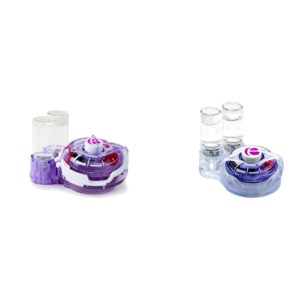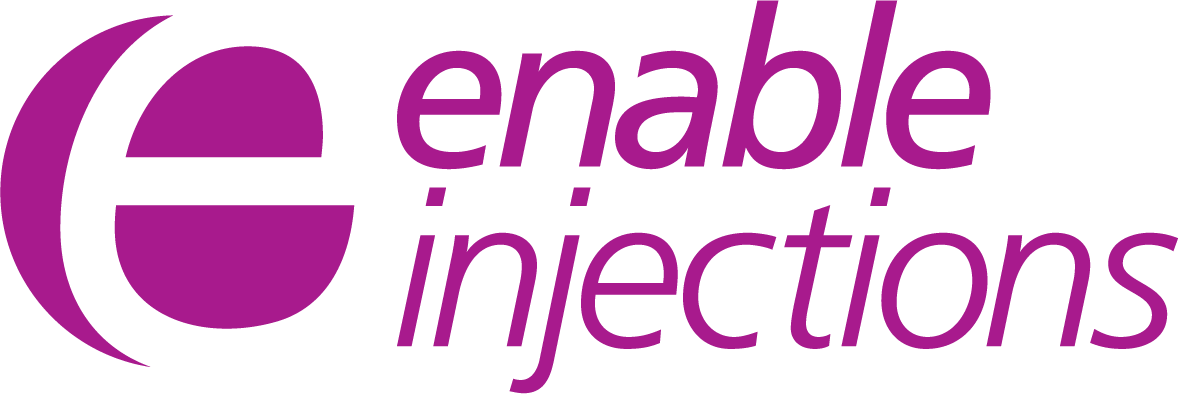
The Need for Advanced Delivery Reconstitution Systems
Seven of the ten top-selling prescription medicines in 2018 are classified as biologic therapeutics1. Since the first biologic drug product was commercialized in 1986, the development of biologic therapeutics has grown due to the increasing availability of genetic information, disease processes, and manufacturing processes.
Biologic therapeutics can be made up of sugars, proteins, nucleic acids, or combinations of the three, as well as living cells and tissues. These types of therapeutics are large, complex molecules, which may be difficult to transport and store without jeopardizing the effectiveness of the therapeutic for the end-user. To improve stability, shelf-life, and speed-to-market, many biologics will be lyophilized (freeze-dried). Lyophilized medications require reconstitution at the time of use, adding additional preparation steps for the user.
Why Reconstitution?
Reconstitution is the process of mixing a dried therapeutic with a sterile diluent to reformulate it into liquid form before it is administered. Reconstitution methods require several steps and typically include systems ranging from a vial adaptor to vial-to-vial systems to advanced dual chamber reconstitution systems.
This process typically involves manual extraction of diluent using a syringe and transfer needle from one vial and transfer of this diluent to the vial containing the lyophilized product. Once transferred, the contents are mixed until the mixture is fully reconstituted. In some cases, this process can take up to a half hour and require a significant amount of attention by the user. The reconstitution process is typically performed by a trained healthcare provider, but may be performed by patients and caregivers.
With the general movement of therapy from the clinic to the home, there is a need for a simple and effective way of reconstituting and administering lyophilized products by a user in a home environment.
Prevalence of Lyophilized Therapeutics
Currently, 16 percent of the top 100 pharmaceutical drugs are lyophilized2 and 25 percent of the biologics market is expected to be lyophilized in the coming years3.
More than 30 percent of the FDA-approved parenteral therapies are lyophilized3. The market is growing for biologics and the storage demands are increasing. Roots Analysis values the market for novel drug reconstitution systems to be $1.5 billion USD by 20254, not counting the cost of the drug in the valuation, driven by more complex drug formulations emerging on the market.
Reconstitution Benefits to Pharma
An advanced reconstitution system would provide benefits to pharmaceutical and biopharmaceutical companies seeking to ship and store therapeutics in the existing lyophilized container closure. Other potential benefits may include:
- Increased shelf-life and decreased time-to-market
- Increased adherence: Advanced reconstitution systems simplify the number of steps needed for reconstitution of the therapeutic and could encourage patients and users to better adhere to their prescribed regimen.
- Reduce medication errors: advanced reconstitution systems provide the correct dilution of lyophilized therapeutic with diluent, reducing potential medication errors during dose preparation.
Reconstitution Benefits to Patients
Enable Injections continues to develop the innovative enFuseTM technology platform with the patient in mind. Paired with an advanced reconstitution transfer system, the enFuse will allow the patient to automatically transfer their therapeutic from the existing lyophilized vial container closure into the enFuse device for self-administration. Additional potential benefits of the advanced reconstitution transfer system may include:
- Ease-of-Use – Classic reconstitution of lyophilized drugs is labor-intensive and time-consuming, requiring the user to perform several steps. An advanced reconstitution system designed within the enFuse vial transfer system’s automatic transfer technology, including a diluent, to streamline drug preparation.
- Improve User Interface: An advanced reconstitution system without the need for additional transfer devices (syringes, needles, adaptors, vials) may potentially reduce the chance of needlesticks and reduce the risk of use errors by intended users, improving the user experience.
The enFuseTM Reconstitution Transfer System
The Automatic Reconstitution Transfer System is being developed as a fully automated mixing/reconstituting and filling system that is capable of mixing liquid and powder. The user simply inserts the two vials into the receptacles, initiating fully automated mixing and transfer of the drug.
Design Features:
- Fully-automatic mixing or reconstitution
- No user input with manual mixing
- Uniform mixing process
- Reconstitution vial(s)
- Liquid – liquid mixing vial(s)
To learn more about subcutaneous administration via the innovative enFuse on-body infusor, visit EnableInjections.comand contact us.
Authors:
Matt Huddleston, Executive Vice President and Chief Technology Officer, Enable Injections
Jennifer King, Marketing Manager, Enable Injections
Resources
1. Pharmaceutical Technology, “The Top Selling Prescription Drugs by Revenue,” 21 MAY 2019, https://www.pharmaceutical-technology.com/features/top-selling-prescription-drugs/ accessed 22 JUL 2019.
2. R&D Magazine, “Lyophilization Basics,” 07 MAR 2017, https://www.rdmag.com/article/2017/03/lyophilization-basicsaccessed 22 JUL 2019.
3. Contract Pharma, “Rising Demand for Lyophilized Products,” 25 JAN 2019, https://www.contractpharma.com/issues/2019-01-01/view_features/rising-demand-for-lyophilized-products/53359, accessed 22 JUL 2019.
4. Roots Analysis, “Subcutaneous Biologics, Technologies and Drug Delivery Systems (2nd Edition), 2018 – 2030,” December 2018, page 315.

